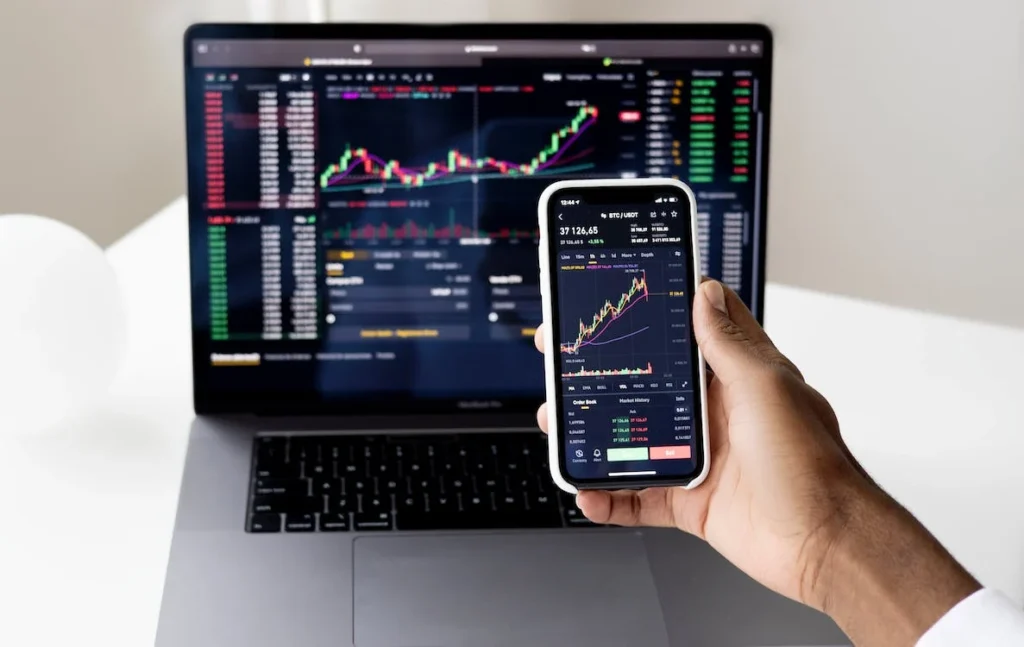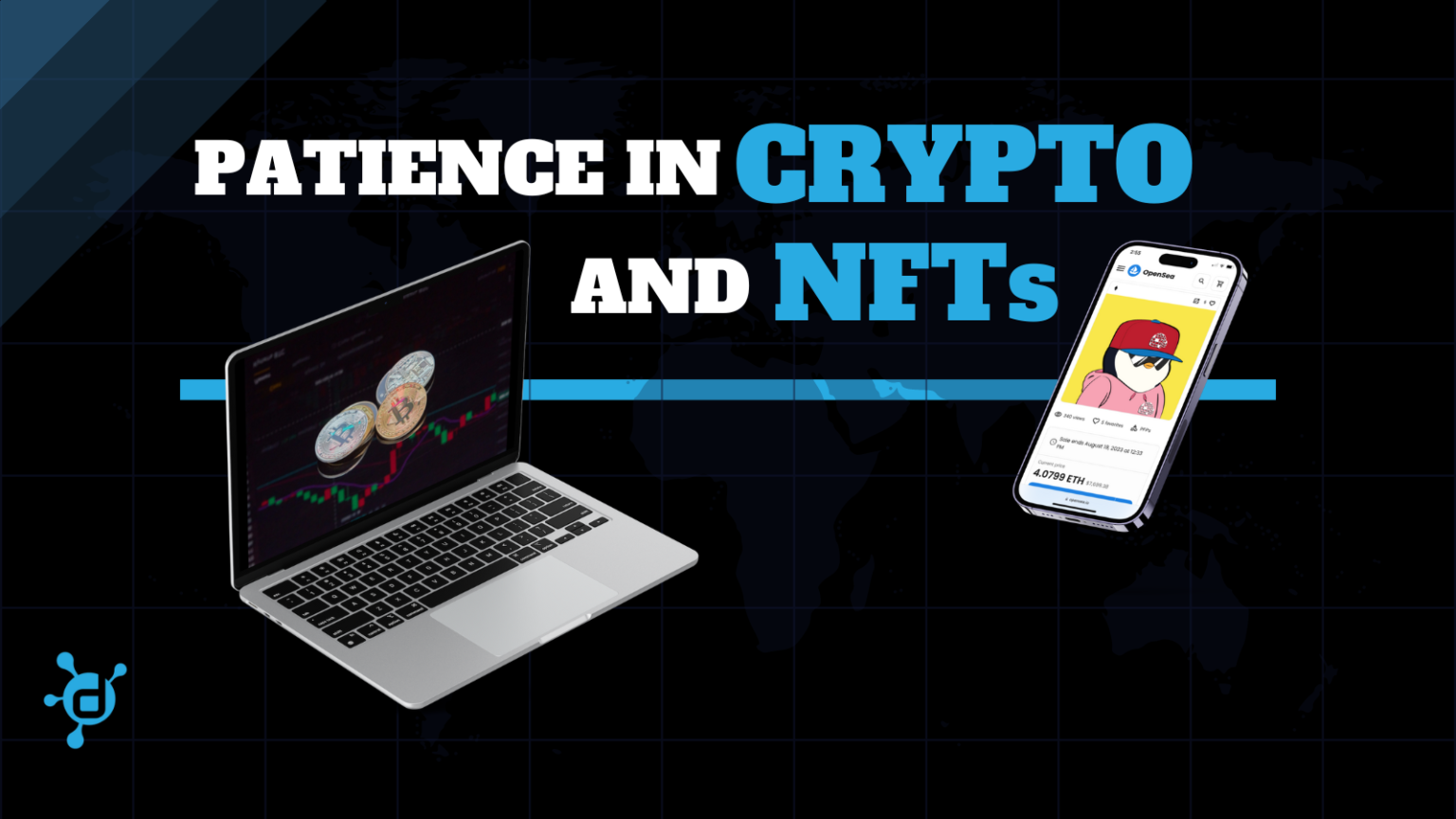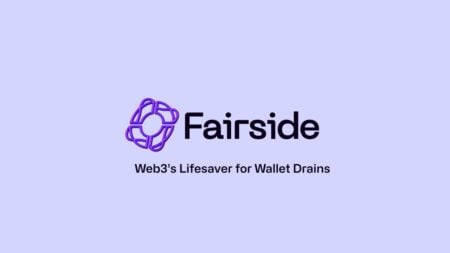There’s no denying that things have been harsh. The economy, the stock market, the job market, the housing market, and most other existing markets have been in disarray. Riskier markets respond more harshly in times of crisis. Crypto and the NFT market have been no exception.
It’s not a secret that any asset that runs on a blockchain is considered a risky investment. The market is very young and really started in the depths of the 2008 recession. Plenty of people have developed an interest and there are a lot of ways to generate investment returns that involve the blockchain. It’s incredibly interesting to see all the ways that the market has developed, but we have a long way to go.
Investment Expectations
I started doing my own investing in 2020, so by no means would I say that I have a long track record or outstanding returns. I did, however, start reading a great deal on investment and taking in as much information as I could about the topic. I learned by a combination of reading, listening, and investing myself. Some things went well. Some didn’t. The experience itself though gave me a lot of knowledge and helped shape my understanding of different types of assets and markets.
There’s clearly been a major fall in both crypto and NFT asset prices. Nobody is happy about it. Just about everyone is holding a bag. The problem is that the market hasn’t existed long enough for people to understand the basic schematics. I think it’s time that we dove into the asset a little and better understood what it is you’re purchasing.

What Is a Project?
This is a complicated question. Every project is different. For the sake of understanding, we will run through some examples.
Current categories of NFTs include but are not limited to, art, collectibles, gaming, membership access, utility, pfp, and charity. Surely other categories exist, but marketplaces use these types of categories most frequently. Each type of project can drastically vary from the next one.
Crypto itself also has multiple purposes. You can use it as a store of value, like Bitcoin, or as voting criteria for a blockchain protocol. It can be the basis for a marketplace or other platform online. The tokens can be traded widely or used exclusively within an ecosystem (think of your company’s intranet compared to the broader internet).
Regardless of the purpose of your investment, you likely believe that whatever you’re buying is worth the money you’re putting into it. Ideally, even people who are lifelong collectors would like to see their assets appreciate in value. With so many purposes, the reason for your investment can vary, but the market complexity is clear. How do we know what to expect when there’s already been so much variance?

People sometimes look at historical data as an indicator. The data for crypto and NFTs shows immense volatility, while also creating immense opportunity for those who happened to hit those volatile upswings. Any NFT collector who is familiar with Bored Ape Yacht Club knows what it would’ve meant to mint a collection of that caliber. The same can be said for Bitcoin adopters in the early 2010s.
Realistically, however, this is not good data to look at. Very few high-risk investments pan out, which is why they’re so high-risk in the first place. People on Twitter saw the bull market come and go. They’re wondering where their opportunity is.
What Kind of Assets Do We Hold?
Regardless of the purpose of your investment, the asset you hold is not meant to give you an immense return in 2 years. I know that I invested in some projects that I believe in. Those projects need time, revenue, and resources to grow and mature. This patience is what the market is currently missing.
Your average blockchain project has more in common with a startup firm than anything else. Some have been able to access venture capital. Many haven’t. Regardless of the war chest or resources of that project, creating a vision isn’t an overnight phenomenon. Anyone who puts money into private startup companies will tell you that it’s important to be patient. Your average project holder is not.

I have seen some really phenomenal ideas emerge in the bear market. I think that Pudgy Penguins diversifying into toys is a great concept. Doodles partnering with Camp is innovative and fun. Nippy & Frens creating a children’s IP company is something PFP investors have heard over and over but was actually accomplished.
The fact of the matter is, these projects leaning into web2 for new revenue is a great idea. Yet people are solely concerned with how this is going to pump their bags in the next six months. Penetrating a new market and growing market share takes time, resources, and a lot of work. Using holders of assets as a way to get started is great, but having something that can help bring revenue to the project outside of digital assets is how real businesses are created. Real businesspeople are showing their skills and demonstrating how to move the space forward. Give them the same expectations you’d give a startup company and stop treating them like their vision and work are on the same level as the next memecoin.




